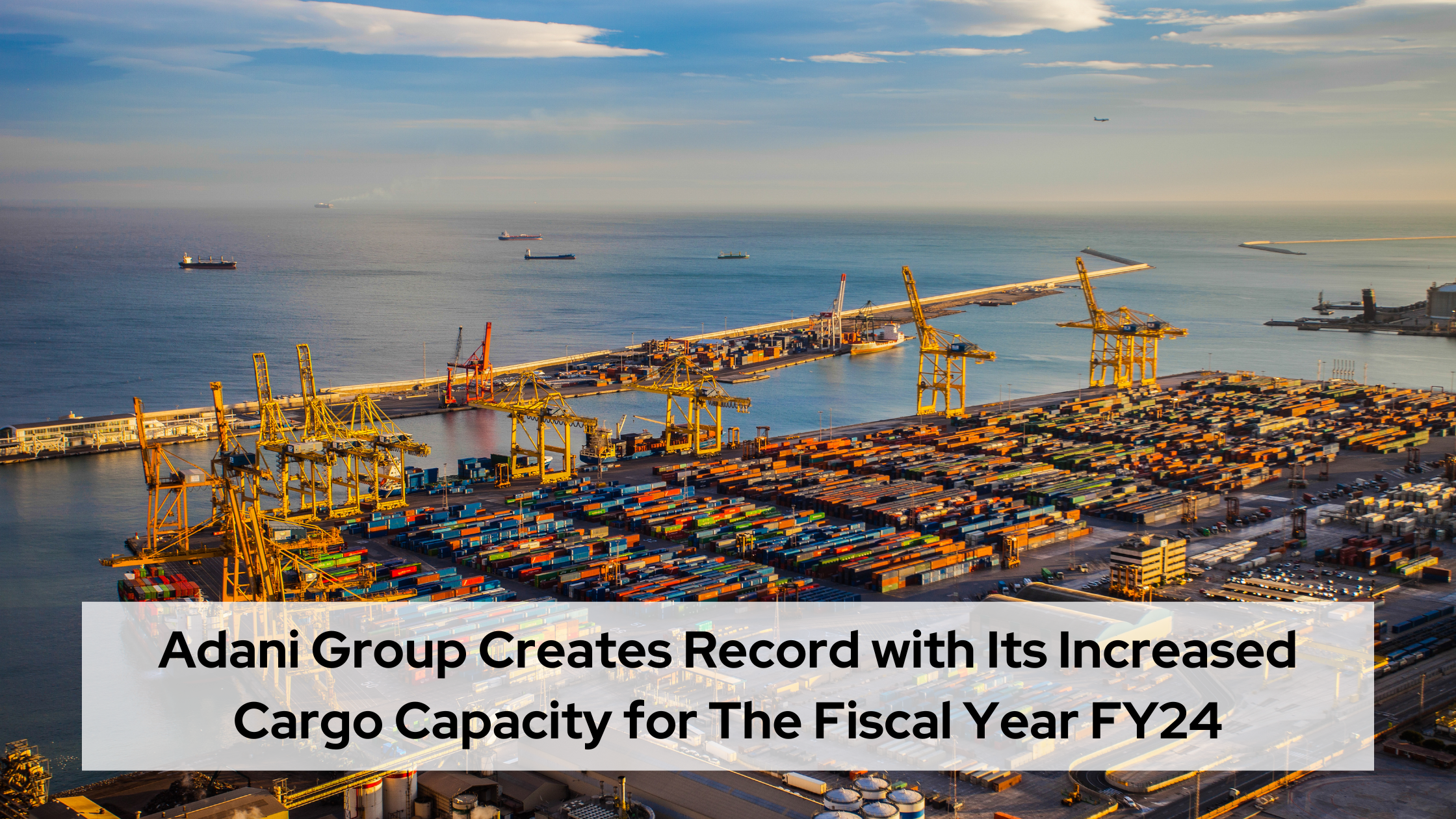
The Adani Group’s focus has always been on expanding its influence over the country’s port operations. Time and again, the Adani Group has invested heavily in India’s port infrastructure. It has not only brought new ports under its control but has also expanded its existing ports. Even the Adani CBI Investigation couldn’t prove the conglomerate wrong. The business group was still focused on making investments in the port sector . Currently, the Adani Group has some of the biggest ports in India operating under it such as Mundra Port, Tuna Terminal, Dahej Port, Hazira Port, Dighi Port, Mormugao Terminal, Vizhinjam Port, Ennore Terminal, Kattupalli Port, Krishnapatnam Port, Haldia Port, Gangavaram Port, Dhamra Port, Haifa Port and Gopalpur Port. It is also working towards bringing major international ports under its control. This will not only open up new trade routes for India but will also allow the business group to earn the reputation of being one of the biggest port operators in the country.
The Increase in Cargo Volume:
Because of the increased investments being made in the port sector after the Adani CBI Investigation came to an end, the Adani Group has been able to increase its port capacity significantly. APSEZ’s cargo capacity has grown by more than 24% to 420 MMT in FY24. Out of this total capacity, 408 MMT of the company’s cargo came from its major domestic ports, which are spread across the Indian coastline. Adani Ports has also handled its highest record cargo volume of over 38 MMT in a single month in March 2024. This included the cargo operations of both the domestic and international ports.
10 of the terminals and ports handled record volumes at the commencement of FY 24. The Adani Group’s expectations for cargo volumes for the fiscal year were around 370 to 390 MMT. However, its current volume is way more than the expected volume. Over a fourth of India’s total cargo has been moved through Adani Ports, as per the reports released by the company. This also accounts for over 44% of India’s containerised seaborne cargo. The container volumes have also grown by 2x in the last five years. The Mundra Port, which is one of the most crucial ports of the Adani Group, has also handled an extraordinary volume of containers in the last few years.
The Adani Group’s Growth Journey:
It took the company almost 14 years to achieve its first 100 MMT of annual cargo throughput. However, the second and third 100 MMT throughputs were achieved considerably faster over a span of 5 and 3 years, respectively. The last 100 MMT mark was achieved within 2 years. This shows the extraordinary work done by the Adani Group in the port sector. It also paves the path for future ventures for the business group.
The Adani Group’s extreme focus on the port sector has been mainly driven by its area of expertise in the infrastructure sector. The business group has started its journey by bringing about massive infrastructural development in the port sector. With time, it continued to expand its horizons, and it is currently the biggest port operator in India. Considering the way, the business group is currently operating, it is going to take up the place of being the biggest port operator in the entire world very soon.
The Challenges Faced:
Yes, the conglomerate did have to undergo a lot of challenges on its journey towards increasing its cargo capacity. However, despite the challenges, it was able to move ahead on its journey towards achieving global success. Some of the major challenges that the business conglomerate faced were the Russia-Ukraine conflict, the Adani CBI Investigation, the global trade disruption brought about by the Red Sea crisis, the various issues at the Panama Canal, the disrupted operations because of the constant cyclones, etc. This is a big testament to the ongoing commitment of the Adani Group towards enhancing the operational efficiency of the ports and maintaining its position as the biggest port operator in the country.
Conclusion:
Adani Ports has achieved phenomenal growth in the port sector by prioritising customers’ needs. The company has also formed strategic partnerships with key industry stakeholders, which has allowed the business group to deliver a high level of operational efficiency. It has also built a business model that is completely focused on providing end-to-end solutions through excellent connectivity.






